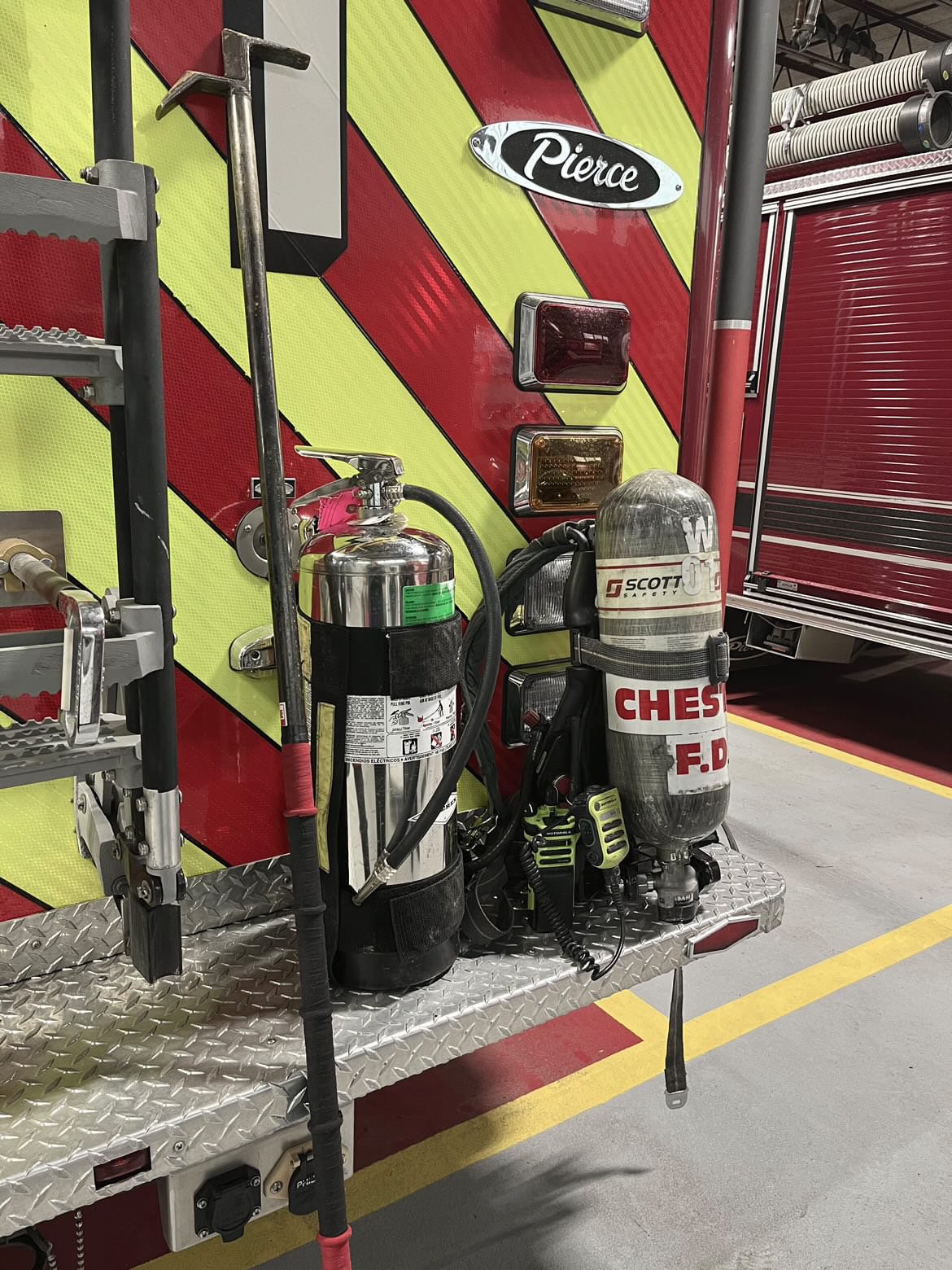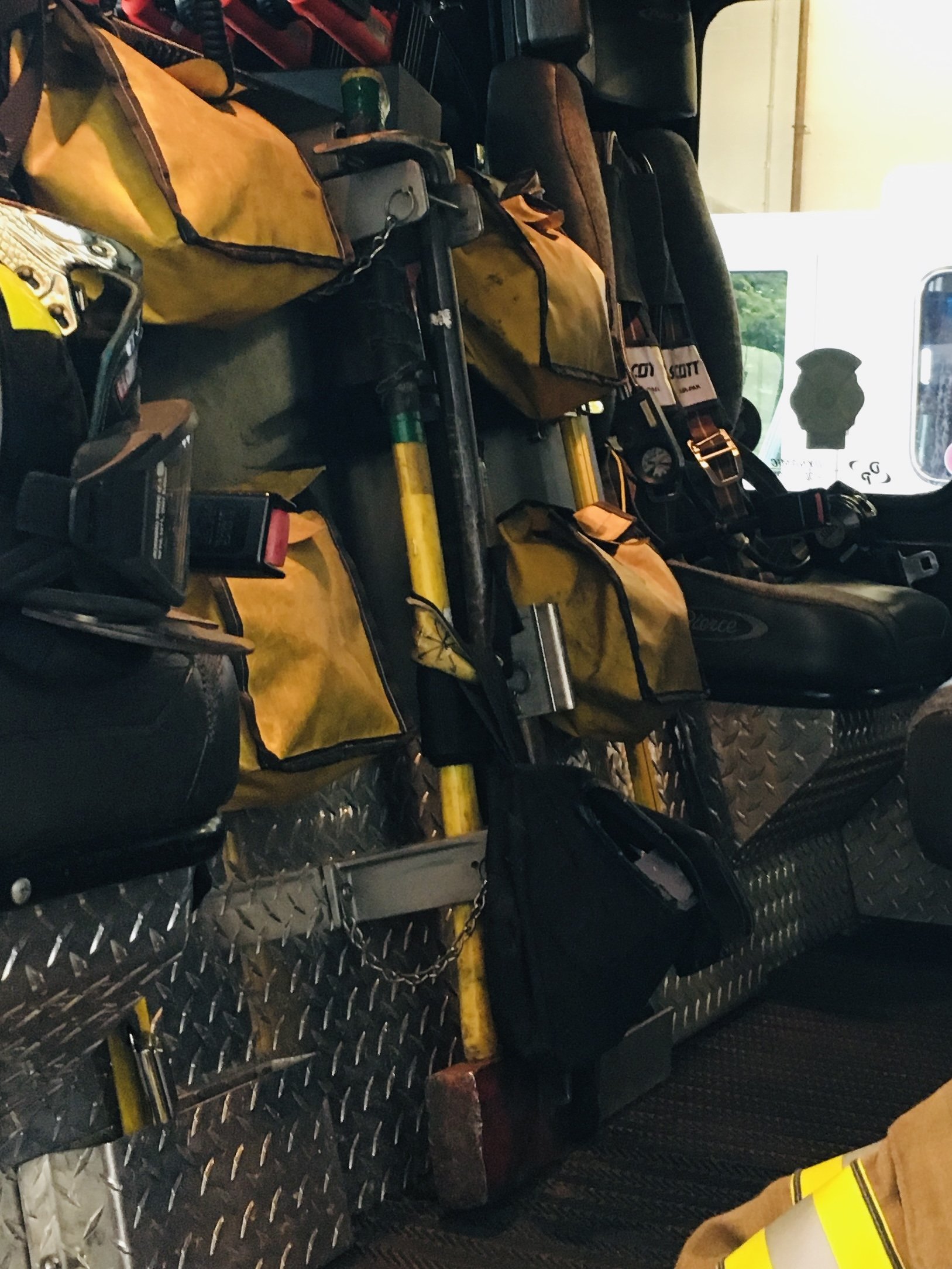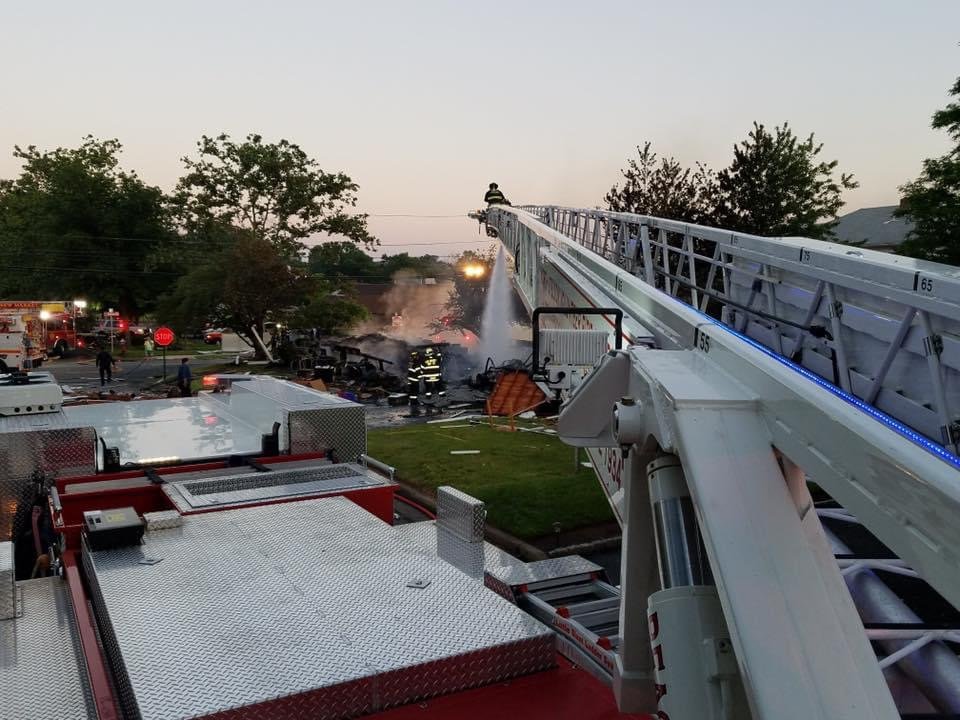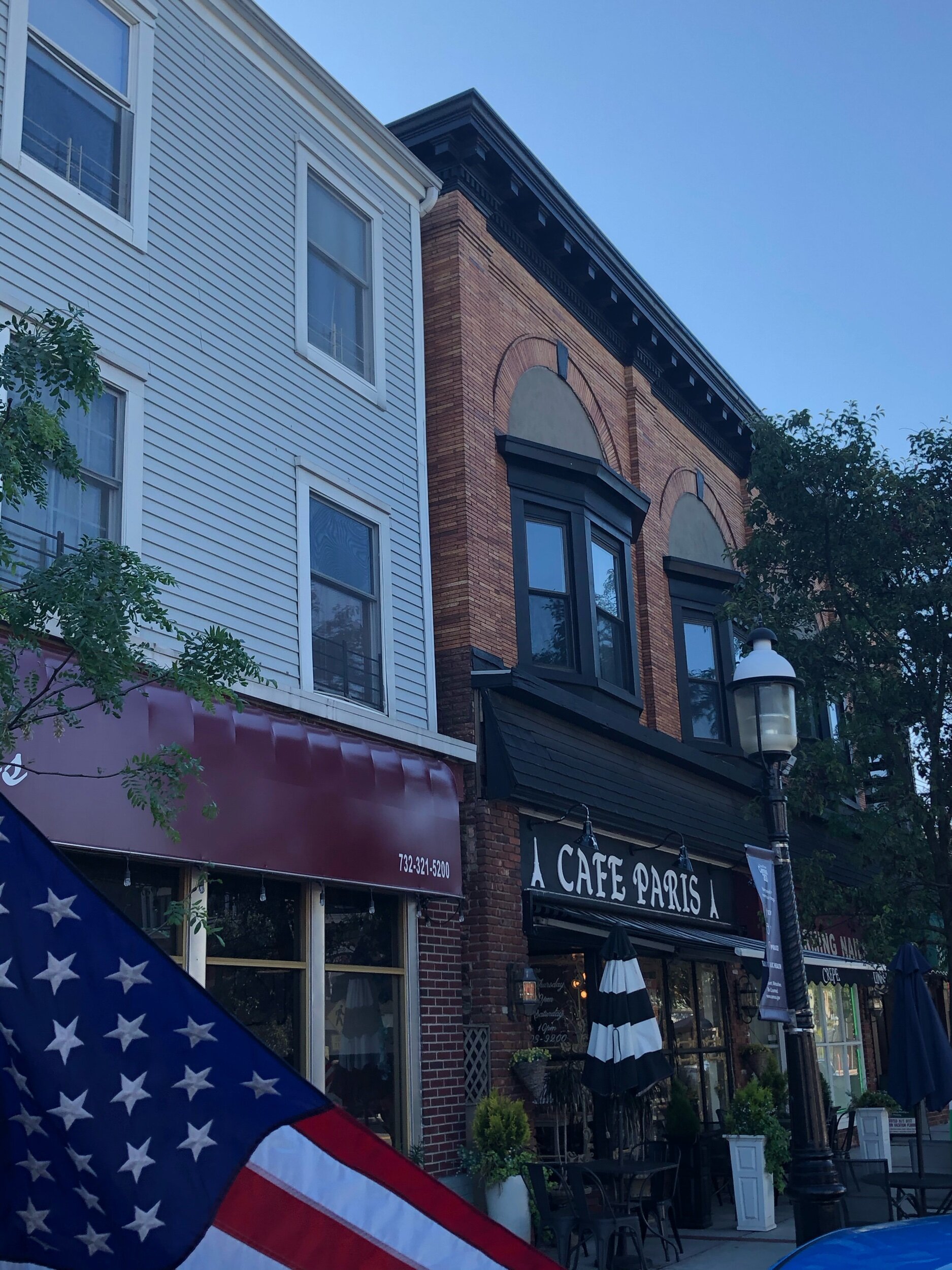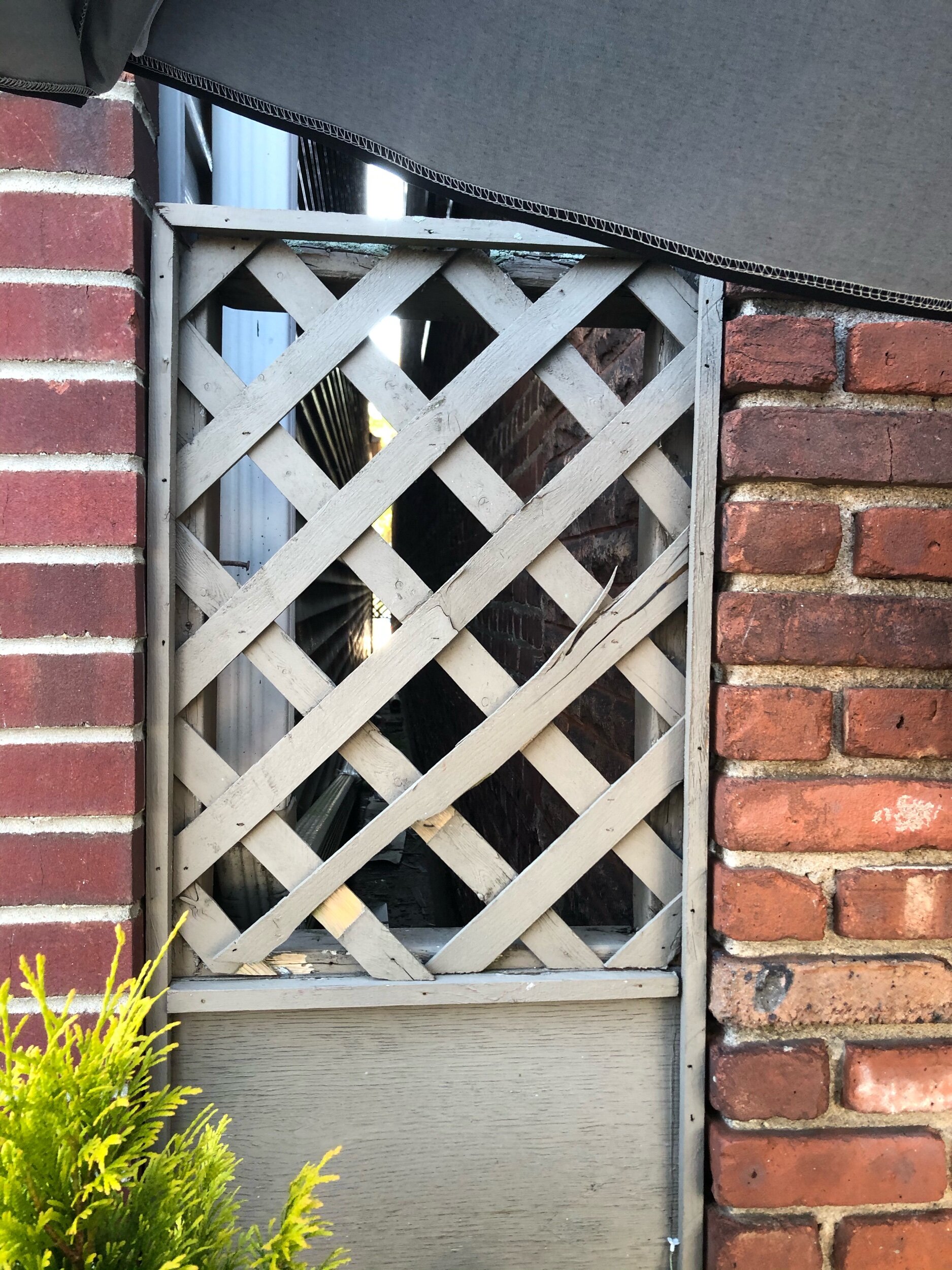Beyond Your Department’s Walls
We’ve all been there; stuck in a rut, in-house training has become repetitive, uninspiring and everyone is just going through the motions. Outside training can break this cycle, challenge and expand firefighters skill sets and reinvigorate firefighter’s passion for the job. Many firefighters leave outside training feeling motivated and eager to apply and share what they’ve learned. That said, not everything taught in an outside course will fit neatly into every department’s operations. The key is to take what works, discard what doesn’t, and adapt what might be useful down the road.
Another huge advantage? Networking. Attending outside training puts you in the same room with firefighters from across the region — sometimes even the country. These connections become a priceless resource for sharing ideas, solving problems, and gaining fresh perspectives when you need them most. We’re lucky to live in an era where quality training and conferences are available almost everywhere. But with so many options, how do you decide which ones are actually worth your time?
Owning the Learning Process
Firefighters who want to grow can’t simply wait for their department to hand them opportunities—they have to seek them out. When looking for outside training, keep these key points in mind:
Identify training needs – Pinpoint areas that could use improvement. This doesn’t mean the department is struggling, but some skills get rusty without variety. For example, if extrication drills have looked the same for years, an outside class could introduce a new approach to training on it.
Choose relevant training – Choose training that aligns with your department’s goals, and capabilities. While training on a technical rescue discipline like high-angle rescue might sound exciting, it isn’t practical if the department doesn’t have the gear or capability to perform those operations. Stick to training that aligns with real-world needs.
Find budget-friendly options – Training can be expensive, but plenty of free or low-cost opportunities do exist. Government programs, industry-sponsored courses, and online offerings provide solid education without breaking the bank. Additionally, consider seeking alternative funding opportunities like engaging local organizations, or raising money through an event to help sponsor or support training initiatives.
Do your research – This is an absolute must! The fire service is full of self-proclaimed experts, but not all training is created equal. Research instructors, read course reviews, and ask fellow firefighters about their experiences before committing.
Share the Knowledge
A friend of mine once said, “Knowledge is power, but only if it’s shared”
If the department funded your training, it’s not just an opportunity — it’s a responsibility. Maximize the return on that investment by bringing the lessons back home. Take good notes, create handouts, and step up to lead an in-house training to pass along what you learned.
Taking the initiative to build a training plan and handle the prep work eases the burden on the training division, making it far more likely your new knowledge gets shared with the rest of the crew. The more value the department sees from sending you to outside training, the more likely they’ll support future opportunities — for you and others.
A word of caution however, how you share the information often matters more than the information itself. Humbly presenting new techniques as “a way” encourages productive discussion and creates buy-in amongst members. Conversely, arrogantly presenting the same information as “the way” will likely be met with resistance with little buy-in. Additionally, be sure to explain the “why” behind the technique, tactic, etc. and be open to member’s scrutiny–in fact, welcome it! Respectful debates around techniques and tactics lead to better decisions on the emergency scene, and when they hold up to scrutiny, credibility is created.
FireTrainingDirectory.com
As stated earlier, I am a proponent for outside training, but I found that when firefighters asked me, “Where do you hear about all these training events?” my typical response was “social media,” and that wasn’t exactly helpful. That’s why FireTrainingDirectory.com was created—a centralized database designed to make it easier to find upcoming training opportunities.
Building and maintaining a directory like this is no small task, so the project takes a crowdsourced approach.Similar to FirefighterRescueSurvey.com, where firefighters log civilian rescues, this site relies on submissions from the fire service community through the “Submit a Training” form found on the website. Once submitted, each listing is verified to ensure accurate dates, locations, and working URLs before training details go live. With any crowdsourced platform, there’s always a risk of errors, so users can easily report errors they find, no matter how small, allowing them to be fixed quickly.
The directory is up and running now! Currently, it offers basic search filters, but if firefighters find it valuable, more features and functionality will be rolled out over time. I encourage you to peruse the database and if you know of an upcoming training, please submit it.
In conclusion, outside training isn’t just about learning new techniques—it’s a cornerstone of staying sharp, safe, and engaged in the fire service. It prevents stagnation, broadens perspectives, and builds a network of like-minded firefighters who want to keep getting better. Whether just starting out or well into a career, investing in outside training is one of the best ways to stay at the top of the game. And now, with FireTrainingDirectory.com, finding those opportunities has never been easier.
Fire Training Directory






